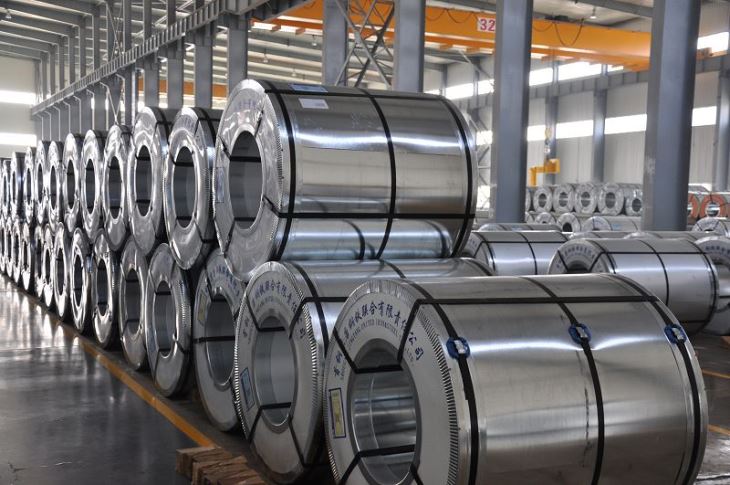Downstream coil prices moved down across Europe May 4, as sources cited achievable prices at a substantial discount to official offer levels with some transactional activity reported in Northern Europe.
In Northern Europe, hot-dip galvanized material was down Eur75/mt on week, assessed at Eur1,350/mt ex-works Ruhr. Cold rolled coil was assessed stable at Eur1,345/mt ex-works Ruhr.
A trader source reported deals at around Eur1,320/mt ex-works for 5,000 mt, negotiated from offers at Eur1,400/mt ex-works. The source said mills were consistent in offering at Eur1,400/mt, but that substantial discounts could be achieved on bids for sufficient volumes given currently muted demand.
“We’re still in the waiting game, but the end is in sight,” the source said. “Negotiations are happening behind closed doors, and no one wants to advertise price cuts but sooner or later the market will restart properly when buyers have to cover next quarter. If everyone keeps trying to undercut each other without trading, we’ll be in a broken market.”
The source said demand for value-added coils had “cratered,” with the automotive sector in particular failing to reserve regular volumes due to component shortages. Benelux mills were heard as undercutting import offers, even offering fresh production cold-rolled material at below Eur1,200/mt due to minimal interest from buyers.
In South Europe, HDG was also down Eur75/mt May 4 at Eur1,350/mt ex-works Ruhr. CRC moved down Eur50/mt at Eur1,300/mt ex-works Ruhr.
Demand remained scarce in the Italian market with no transactional activity reported on the day. Mill sources cited achievable prices as lower on negotiation, heard as low as Eur1,300/mt and Eur1,250/mt for HDG and CRC, respectively.
While sources remained relatively pessimistic on demand, one mill source reported rumors of a large automotive plant returning to the market in the near-term, having covered component shortages recently plaguing the sector.
Sources had reported little hope for the return of automotive in 2022 due to aforementioned component shortages stemming from the war in Ukraine and pre-existing semi-conductor shortages – recovery may be sooner than expected.
— Benjamin Steven, Maria Tanatar






